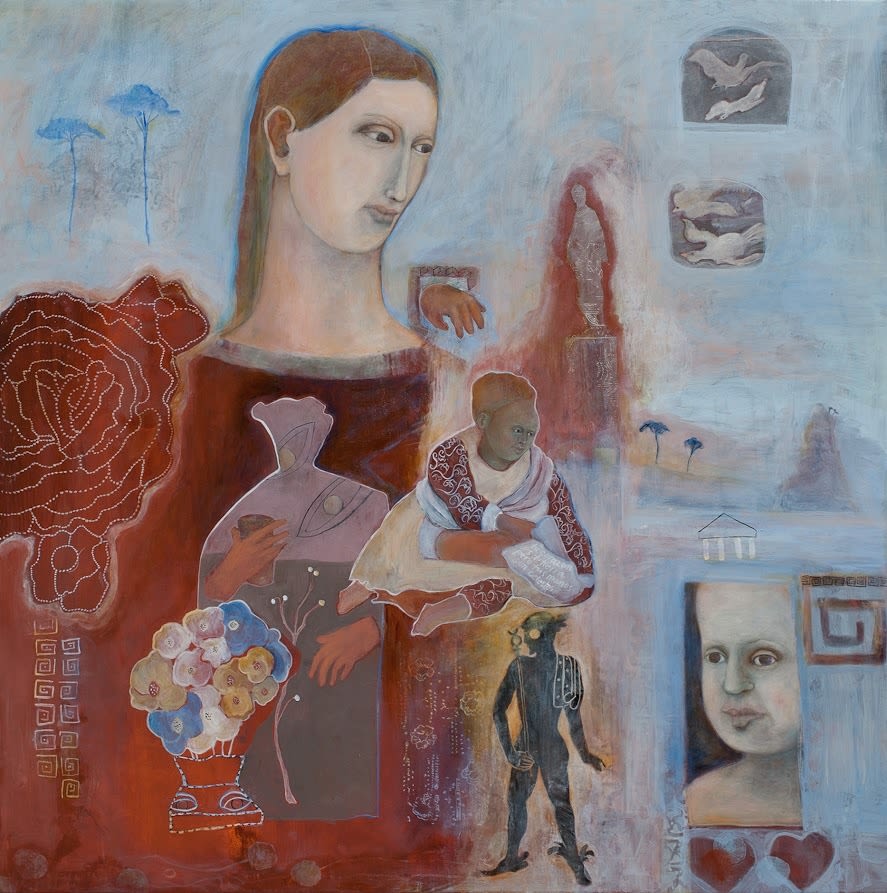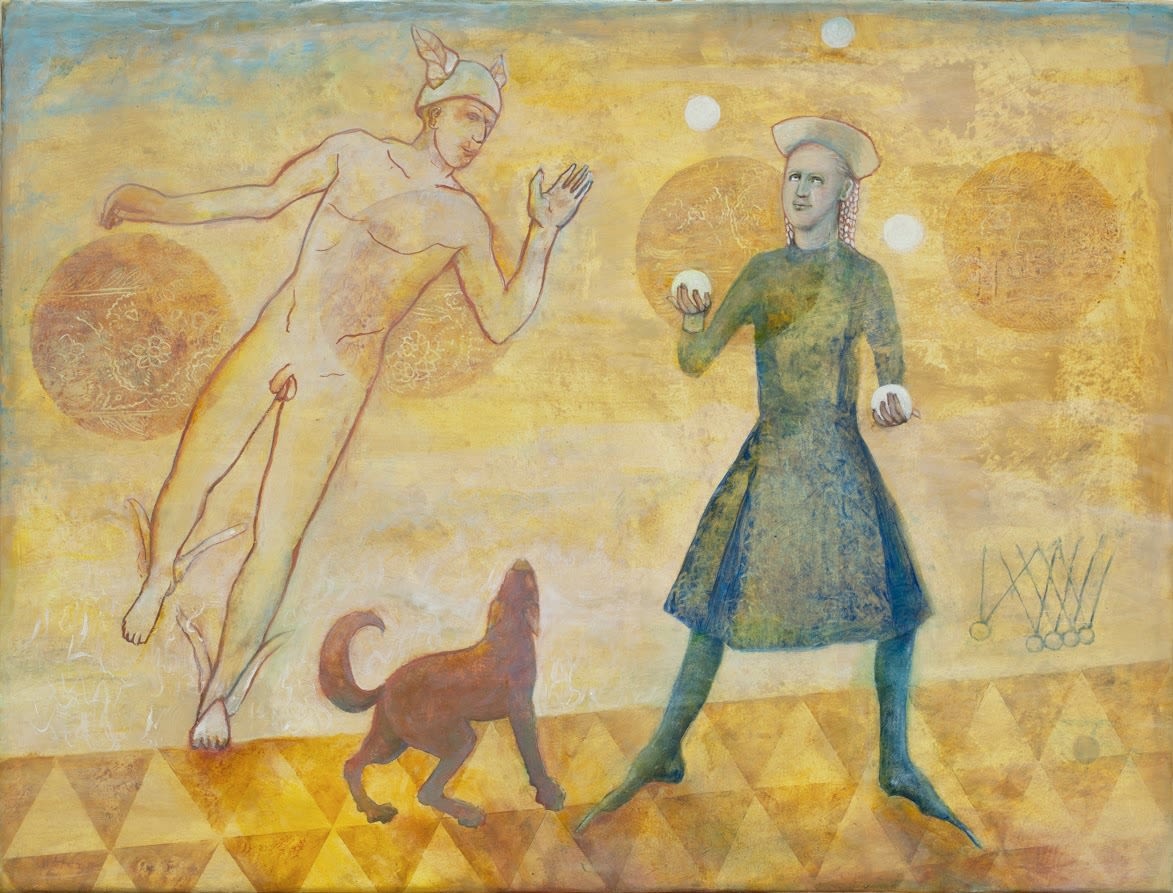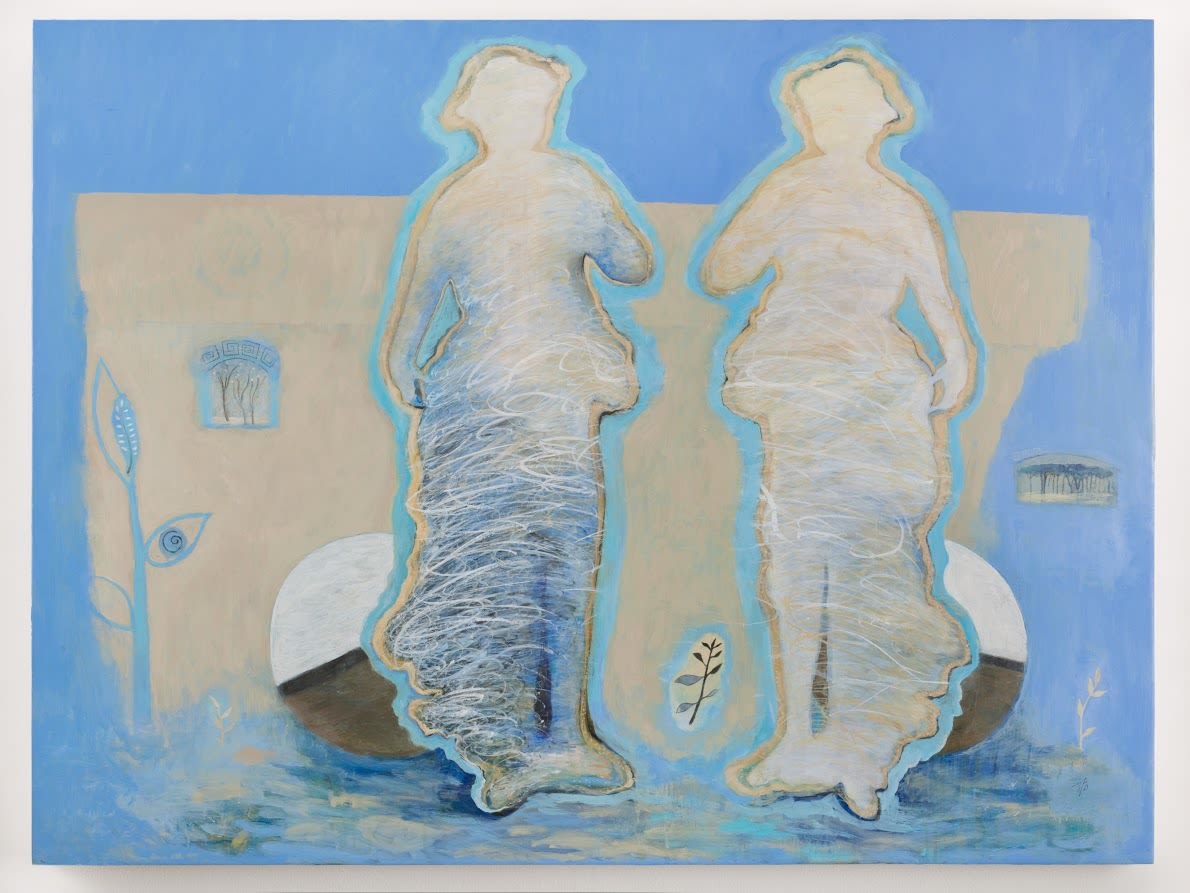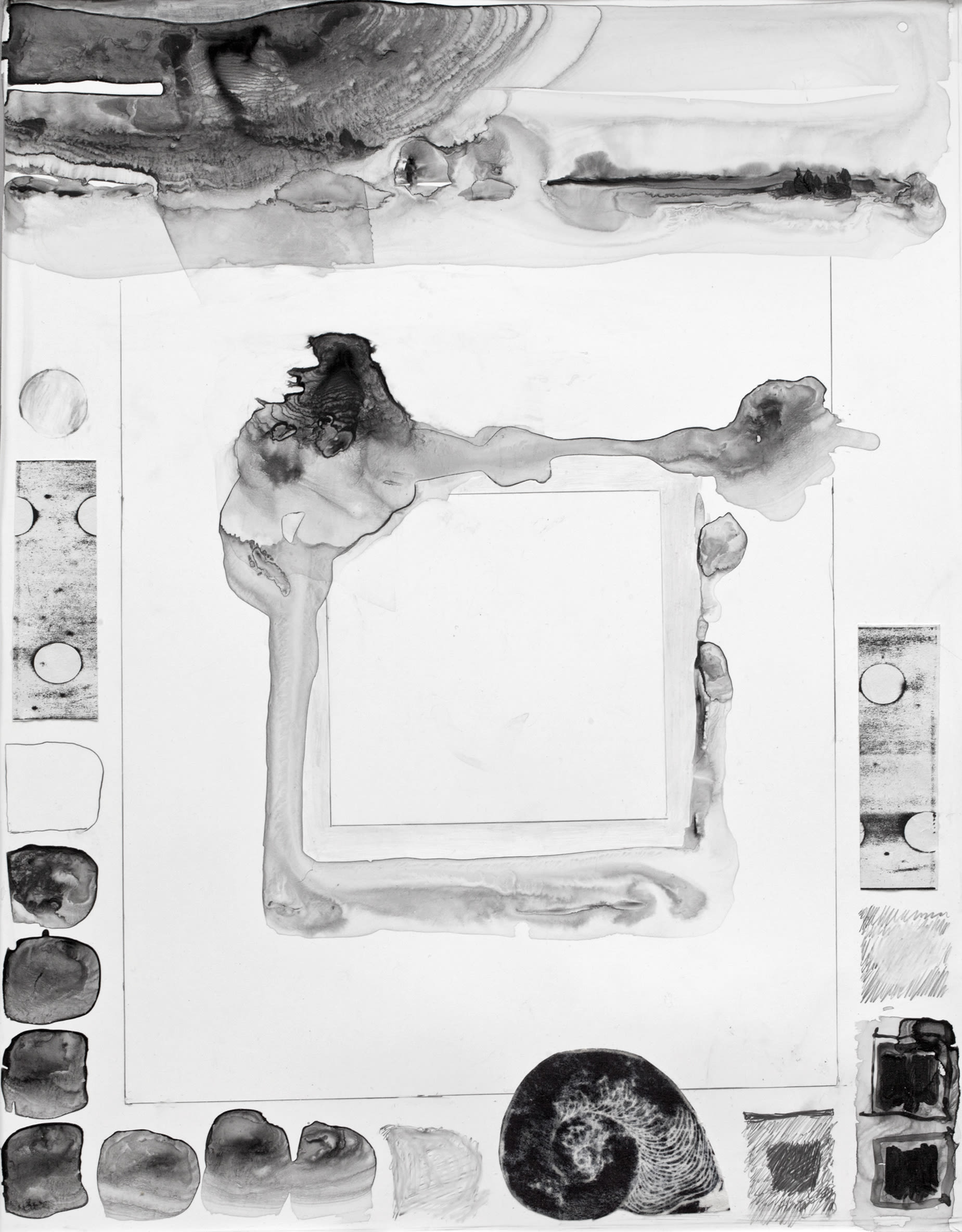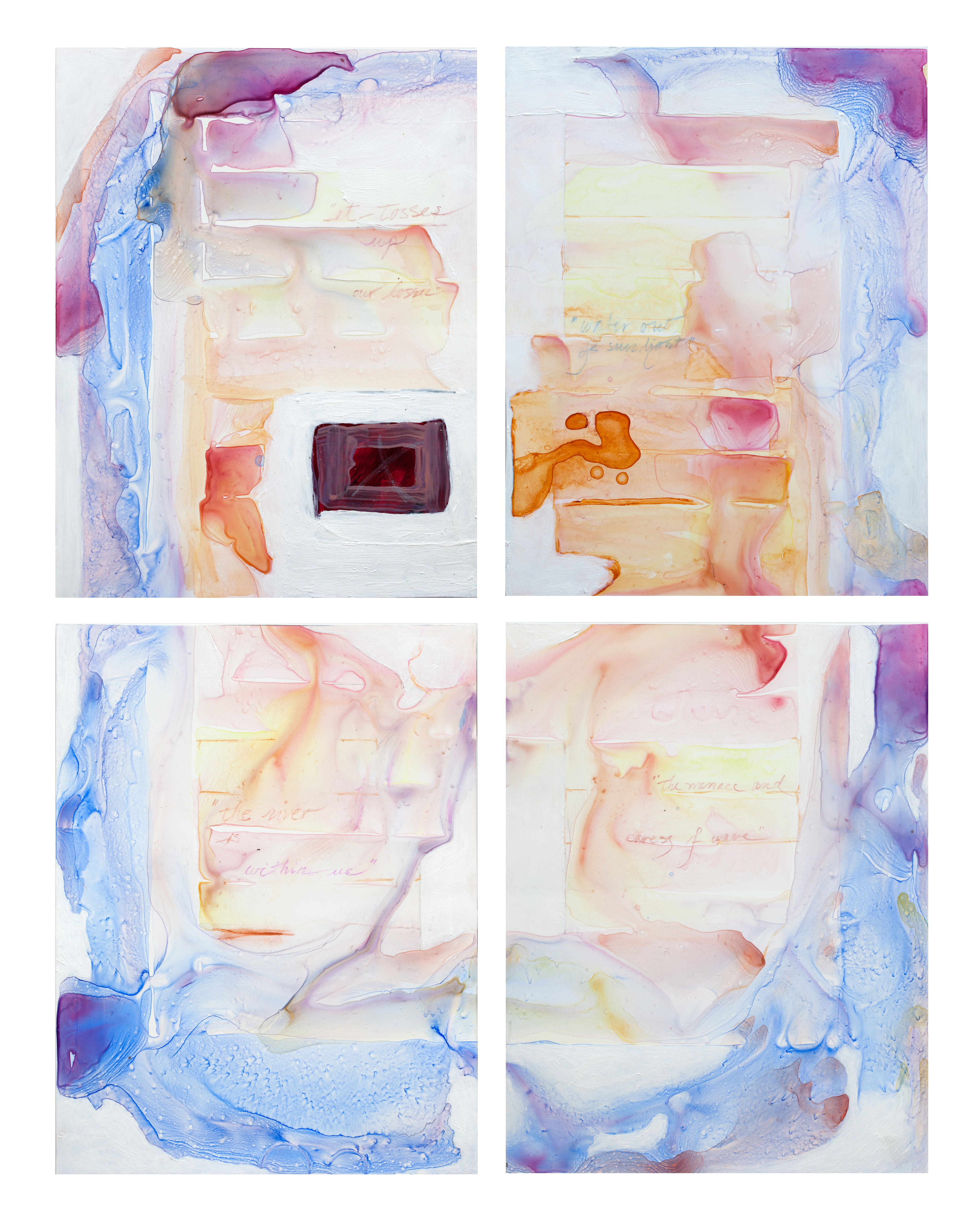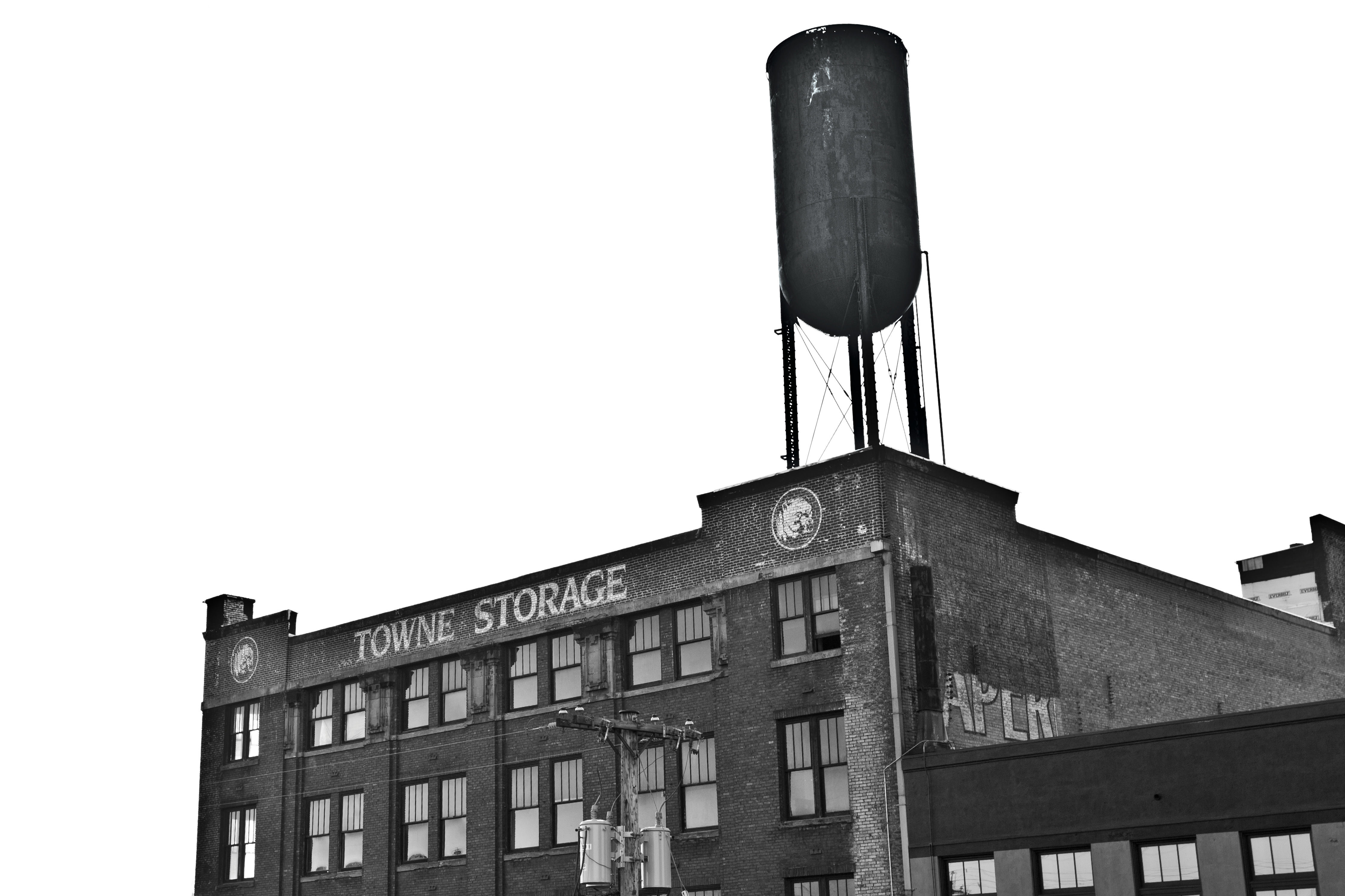How Do You Make Art from Displacement?
Last June, the Troy Laundry building, a longtime Southeast home base for dozens of Portland artists, was sold to a developer. Rents were dramatically hiked, and artists were forced to find new spaces. Now two of them—Angela Passalacqua and Barbara Black—are using a new show at Old Town’s Blackfish Gallery, Leaving Troy, to reflect on that displacement (which has become a common theme in Portland).
"There wasn't much notice, provoking both an exodus and a forced retrospective of my work,” says Passalacqua, who worked in a studio at the Troy Laundry for 30 years. “In the process I gained a more lucid view of the development of my own interests in classical art and Greek and Roman mythology, continuous from childhood to the present.”
The show features new work from both artists, but makes space for the past as well. Four of Passalacqua's new pieces were collaged from things she collected over the years—sketches, pictures, and objects found in her Troy Laundry studio, brought together in pieces that deal directly with the exodus. In contrast, Black paints in geometric shapes and swirling colors that break into or surround the frames, in pieces that connect with the theme in more abstract ways. And while both artists have pointed to Greek art as an influence, many of Passalacqua’s paintings are deeply steeped in Hellenic themes.
“Having to leave Troy Laundry led to a deeper look at another, more ancient leave-taking, Homer's story of the fall of Troy at the hands of the Greeks,” says Passalacqua. "Nostalgia, with its warm and wistful embrace of the past, can be a little sad, like homesickness, or can be very dangerous when not critical. But it is powerful in its capacity for sustaining and rallying the individual spirit."
Leaving Troy is at the Blackfish Gallery through November 26.
